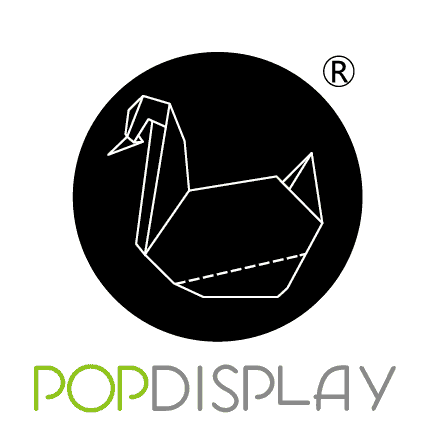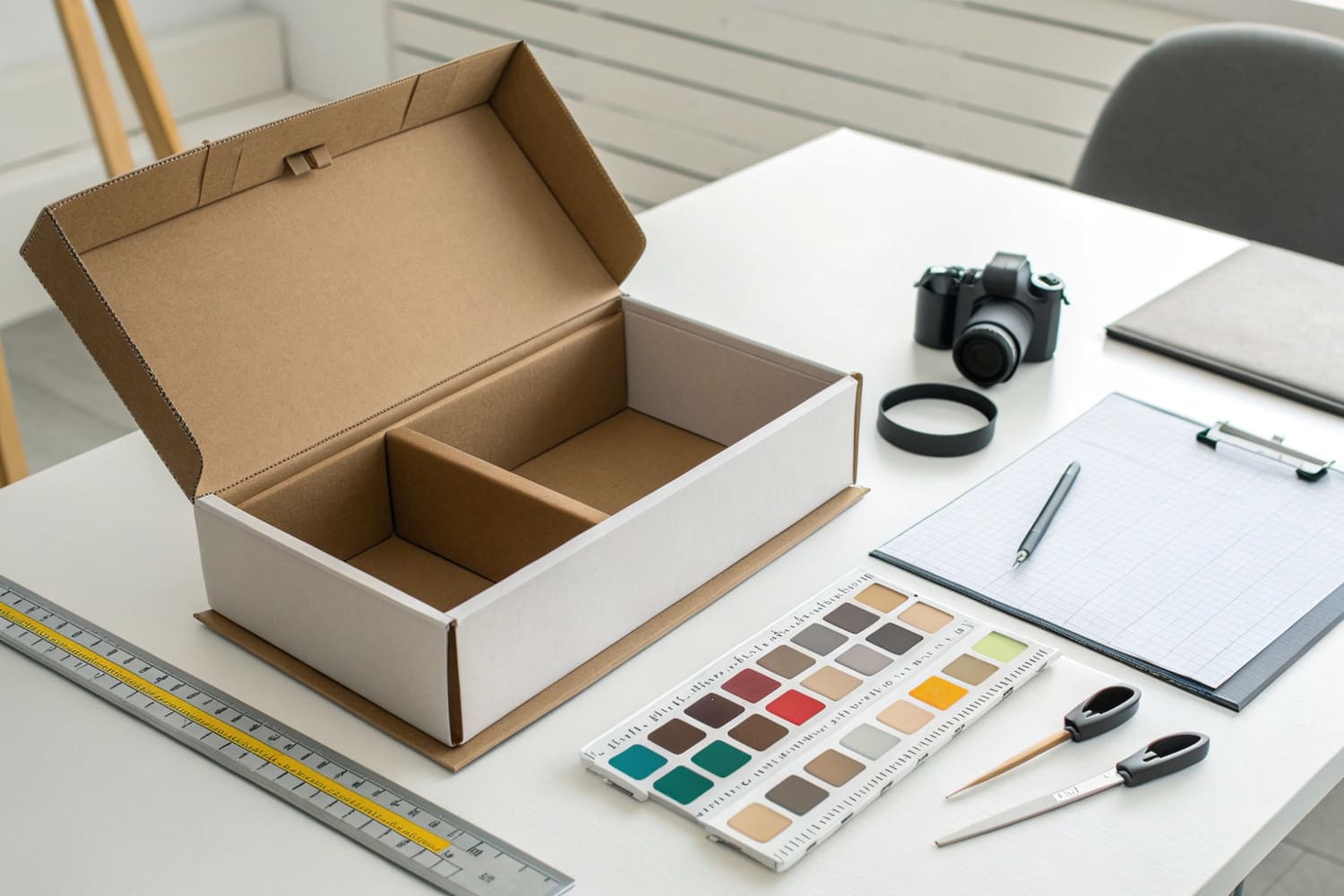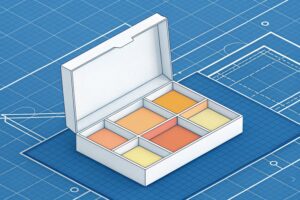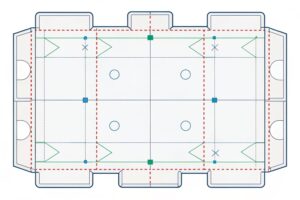I know deadlines are tight. Mistakes cost money. I also know a simple proof can save a launch and protect your brand.
Yes. I will always send a digital proof and, if needed, a physical prototype for final sign-off before production. This prevents color errors, dieline mistakes, and structural issues, and it locks scope, price, and timeline.
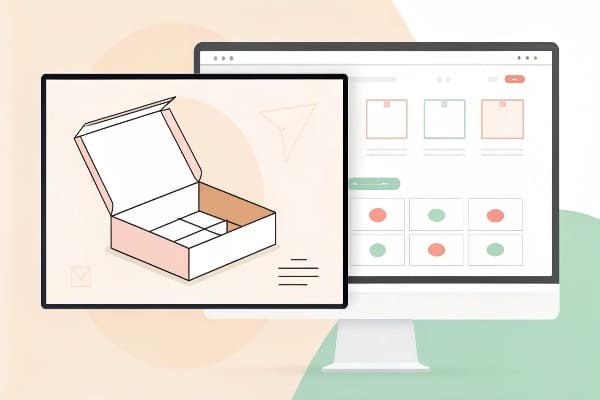
You want speed and certainty. I give both. I send a clear checklist with the proof. I flag risks and trade-offs. I propose fixes. You make the final call. We move forward with confidence.
How long does it take to produce packaging?
Delays kill sell-in windows. I plan short cycles. I remove guesswork. I set buffer time where risk is high.
Standard custom packaging takes 10–20 business days after final proof approval; rush runs are possible in 7–10 days with pre-booked slots and simplified finishes.

Why timelines stretch or shrink
I keep timelines simple. I break them into approvals, materials, printing, conversion, and logistics. I also plan for seasonal peaks. I plan for customs checks1. I plan for color reproofs when brands push neon inks or special coatings. I do this because I have seen rush launches crash over tiny oversights.
Here is my baseline timeline for most projects I run in our Shenzhen facility with three lines:
| Stage | Typical Days | What I Do | How You Help |
|---|---|---|---|
| Design lock + dieline | 1–2 | Provide dieline, CAD check | Confirm dimensions fast |
| Prepress + color targets | 1–2 | Build press profile, ink drawdowns | Approve Pantone or LAB |
| Prototype (if needed) | 2–4 | Plotter cut, mount print | Give photo or drop-test feedback |
| Mass production | 5–8 | Print, laminate, die-cut, glue | Hold spec changes |
| QA + ship prep | 1–2 | ISTA-style checks, pack | Confirm labels and pack plan |
| Freight to your DC | 5–25 | Book air/sea, docs | Share delivery windows |
I keep buffers for coatings, corrugated lead times, and holiday backlogs. If you need a seven-day turn, I simplify finishes, use stocked substrates, and lock artwork in one round. When your team approves proof on the same day, I can cut a week. When someone changes copy after plates, we lose two to three days. My promise is clear dates, no surprises, and quick heads-ups when risk appears.
What are the stages of packaging a product?
Complex steps cause anxiety. I split the work into clear gates. I show you the next action and the cost of delay.
The stages are discovery, structural design, artwork setup, proofing, prototyping, production, quality checks, and logistics. Each gate needs one decision and one sign-off.
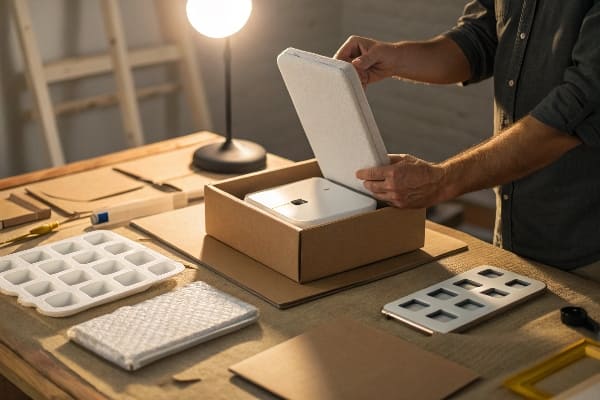
The full path from brief to shelf
I start with a short discovery call. I ask about product weight, retail channel, and display goals. I ask about compliance marks and barcodes. I collect your brand book. I move to structure because size and strength decide everything. I choose corrugated grade and flute based on weight and the stacking plan. I make a simple CAD and a white sample if needed.
Next is artwork. I supply a clean dieline with live, bleed, and safe zones. I mark glue tabs and fold direction. I add color notes for knifeline, crease, and cutouts. Your designer drops art. My prepress team checks image resolution, overprint, and black builds. We make a color target and a single source of truth PDF.
Then comes proofing. I send a digital proof2 with a redline layer and a checklist of risks. If color is critical, I mail an ink drawdown or a one-off printed panel. We sign off. We cut prototype if structure is new or load is high. We test with weight and simple drop tests. We fix weak joints or add inserts.
We go to production. Printing, lamination, die-cut, and glue run in sequence. I spot-check at each station. I use a golden sample that you approved. I pull cartons by random sampling. I record crush tests and edge crush3 on corrugated.
Finally, I pack and ship4. I confirm outer carton marks and pallet plan. I book freight. I send photos and a final count. Here is the summary you can share with your team:
| Stage | Output | Risk Control |
|---|---|---|
| Discovery | Brief + specs | Channel and weight clarity |
| Structure | CAD + white sample | Fit and strength |
| Artwork | Print-ready PDF | Color management |
| Proof | Digital + drawdown | Error catch |
| Prototype | Physical sample | Load and assembly |
| Production | Finished goods | In-line QA |
| Logistics | Packed pallets | Damage prevention |
I learned these gates the hard way. In one retail season, a client rushed a floor display for a hunting bow launch. The sample used a heavier flute, but procurement swapped to a lighter board. I stopped the line, ran a quick edge crush check, and showed the risk. We switched back. The display held. The launch hit its week-one sell-through. That is why I insist on gated stages and proof sign-off.
Is custom packaging worth it?
Budgets are tight. You want proof of value. You need numbers, not hype.
Yes. Custom packaging lifts shelf impact, reduces damage, and clarifies brand story. It pays back through higher conversion, fewer returns, and smoother replenishment.

Where the ROI shows up
Custom work5 is not about vanity. It is about fit, speed, and control. When a box fits the product, void fill drops. Freight cubes improve. Returns fall. When graphics match the brand, shoppers stop and look. When assembly is simple, staff set displays faster. When we plan replenishment, the same tray becomes shelf-ready and back-room friendly.
Here is how I frame the value for buyers and engineers:
| Value Lever | What Changes | Result |
|---|---|---|
| Structural fit | Right flute, inserts, locks | Lower breakage and better stacking |
| Graphic clarity | Consistent color and finishes | Faster recognition and better conversion |
| Assembly speed | Tool-less tabs, clear marks | Less labor in stores and DCs |
| Replenishment | Tray + PDQ design | Fewer touches and faster fills |
| Sustainability | Recycled board, water-based inks | Compliance support and brand trust |
I track three metrics in every project: breakage rate6, setup time, and sell-through in the first four weeks. In a recent crossbow accessory rollout, we replaced a generic shipper with a custom counter tray and a small header card. The store staff set each tray in under two minutes. Damage claims dropped by half because the insert held the heavy limbs tight. Sales in the first promo window beat the control stores by double digits. The artwork did not win awards. The simple fit and the quick setup did. That is the point. Custom is worth it when it solves real problems and repeats well on reorders.
How does packaging printing work?
Printing sounds mysterious. It is not. It is a chain of controlled steps. Color and registration live or die on prep.
We choose a print method (digital, flexo, or litho-lam), build print-ready files, proof color, run controlled presses, and finish with lamination, die-cutting, and gluing.
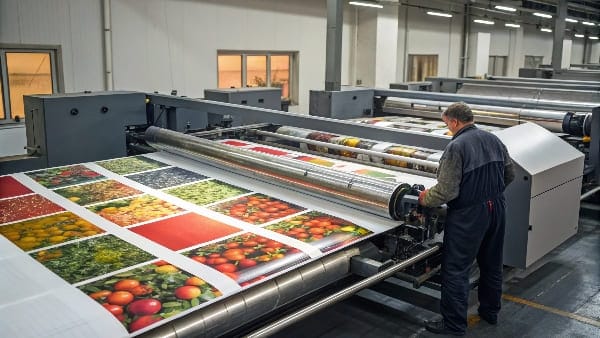
Methods, choices, and trade-offs
I pick the method based on run size, detail, and substrate. Digital7 is fast and great for short runs and personalization. Flexo is cost-effective for corrugated with solid colors and simple graphics. Litho-lam8 gives premium photo quality by mounting printed paper to corrugated.
The file matters. I set spot colors for brand tones and use CMYK for images. I avoid rich black under small type. I set trapping to prevent white slivers at cut edges. I convert overprint settings on black elements with care. I keep barcode size safe for scan. I place a color bar and registration marks.
On press, I pull to a target. I do this with drawdowns and a calibrated profile. I control ink density and water balance. I check dot gain. I check gloss and scuff resistance after coating. I run a short make-ready until the sheet matches the signed sample. I log the numbers so your next reorder looks the same.
Here is a quick guide you can use when you compare quotes:
| Method | Best Use | Pros | Cons |
|---|---|---|---|
| Digital | Short runs, variable data | Fast setup, no plates | Higher unit cost at scale |
| Flexo | Corrugated, solid areas | Low cost at volume | Lower fine detail |
| Litho-lam | Premium displays | High detail, rich color | Longer setup, higher MOQs |
In my own shop work, I have seen how a small prepress miss can ripple. Once, a beautiful matte black background had overprint on a white logo. It looked fine on screen. It printed muted and wrong. Our proof caught it. We changed the setting and reproofed in minutes. The production run matched the brand book. This is why I never skip a color-managed proof and a clear press target.
Conclusion
Custom packaging works when proofs are clear, stages are gated, and choices fit goals. I keep it simple. I protect timelines. I deliver repeatable results.
Understanding customs checks is crucial for managing shipping timelines effectively, helping you avoid delays in your projects. ↩
Understanding digital proofs is crucial for ensuring color accuracy and quality in packaging. ↩
Learn about edge crush testing to ensure your packaging can withstand shipping and handling. ↩
Discover effective packing and shipping strategies to prevent damage and ensure timely delivery. ↩
Explore how custom work enhances fit, speed, and control in packaging, leading to significant ROI. ↩
Learn effective strategies to minimize breakage rates, ensuring product safety and reducing costs. ↩
Explore the benefits of Digital printing, especially for short runs and personalization, to enhance your printing strategy. ↩
Discover the premium quality and rich color advantages of Litho-lam printing for high-end displays. ↩
